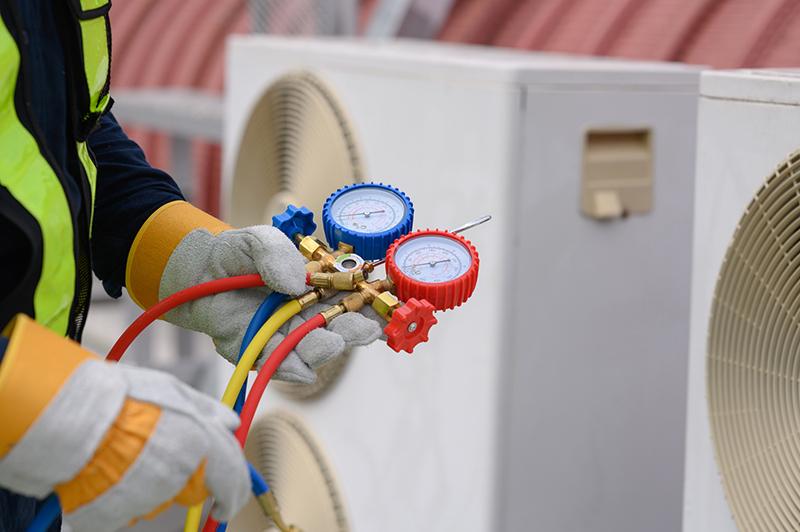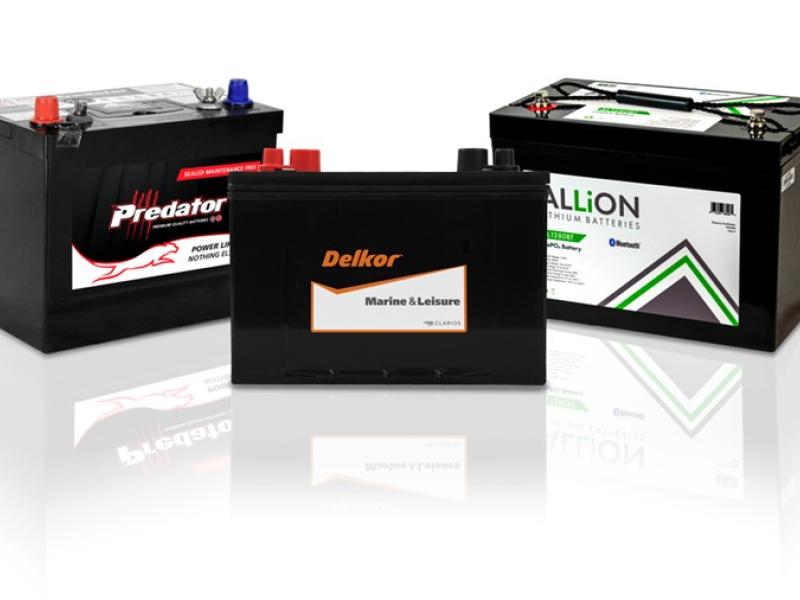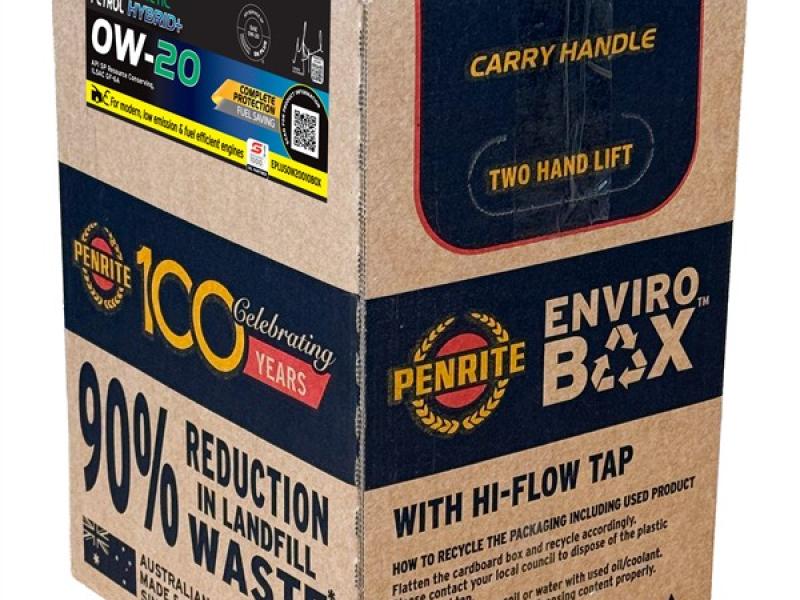Cool-Safe is increasing Bounty Buy-Back payments from $25.00/kg to $40.00/kg for recovered synthetic refrigerants to help meet their target of 90 percent reduction of greenhouse gas emissions from F-gas discharge, by 2035.
Cool-Safe was the first organisation to offer bounty for waste refrigerant, with payments being as direct reinvestment into the sector for their efforts in reducing the environmental harm of F-gases. Cool-Safe has already paid $1.3m and this increase in the per-kg payment for recovered refrigerant will see that reinvestment through bounty payments rise to an expected $1.6m+ per annum.
Since 1993, the Trust for the Destruction of Refrigerant Gases, which runs the Cool-Safe scheme, has been proactively collecting ozone depleting and synthetic refrigerants for destruction. This has resulted in 39,800 tonnes of OZONE depletion avoided and reduced the build-up of greenhouse gas (GHG) by 1,496,691 tonnes of Co2 equivalent.
Starting off small with the first shipment sent to Australian after six years of collecting being just 9,000kg, the impact of the product stewardship programme Cool-Safe has grown, with over 110,000kgs collected, ready for destruction over the past two years. However, more needs to be done to avoid the 2 percent of NZ’s GHG emissions that F-gases are directly responsible for.
Cool-Safe’s slate of recovery initiatives have always focussed on removing the barriers to refrigerant recovery to ensure the most synthetic refrigerant can be recovered and responsibly and safely destroyed without discharge to atmosphere. Cool-Swap, the free cylinder exchange programme, has helped alleviate the impacts of worldwide cylinder shortages on the local sector, meaning that any heating, ventilation, air conditioning and refrigeration business has access to the appropriate gear for recovery and can avoid hefty fines, up to $50,000, under Climate Change Response Act and Ozone Layer Protection Act regulations.
Richard Lauder, Chair of the Trust for the Destruction of Synthetic Refrigerants says, “The collection and destruction of these highly potent global warming potential or ozone-depleting gases is crucial to meeting our goal of 90 percent reduction of GHG emissions from synthetic refrigerants by 2035. We are determined to support industry in fulfilling that environmental goal.”
Cool-Safe is also promoting a courier model for the collection of recovered refrigerants, the Coolest Courier. Industry is time-poor and technicians are in high demand, meaning that depositing recovered refrigerant can often be a hassle and a time sink. Under Cool-Safe’s new courier model, technicians will no longer be required to take time out of their busy days to transport refrigerant to collection sites. Instead, they will book a Cool-Safe courier and their recovery cylinders will be collected for them, freeing skilled technicians up to do their job and giving them their free time back.
Cool-Safe’s schemes are entirely inclusive, available anywhere in New Zealand. Cool-Safe’s F-gases and the Future event will be held on Tuesday, 21 May at Lower Hutt Events centre and will feature detailed insight into these changes, with Trust Chair Richard Lauder available for interview.
Cool-Safe is also hosting the Climate Change Commission at this launch event, who will discuss the impact this change will have on industry and the important future of F-gases under upcoming Emissions Reduction Plans.
The Climate Change Commission’s Jo Hendy, Chief Executive, and Barry Anderson, GM – Sector Analysis will present on the process the Commission has taken to develop two key pieces of work, followed by a Q+A. Jo and Barry will be available to interview.
• Draft advice for the fourth emissions budget period (2036–2040), and potential revision of emissions budgets one, two, and three: www.climatecommission.govt.nz/our-work/advice-to-government-topic/preparing-advice-on-emissions-budgets/.
• A discussion document on the inaugural five-yearly review of the emissions reduction target: www.climatecommission.govt.nz/review-of-the-2050-emissions-target.






